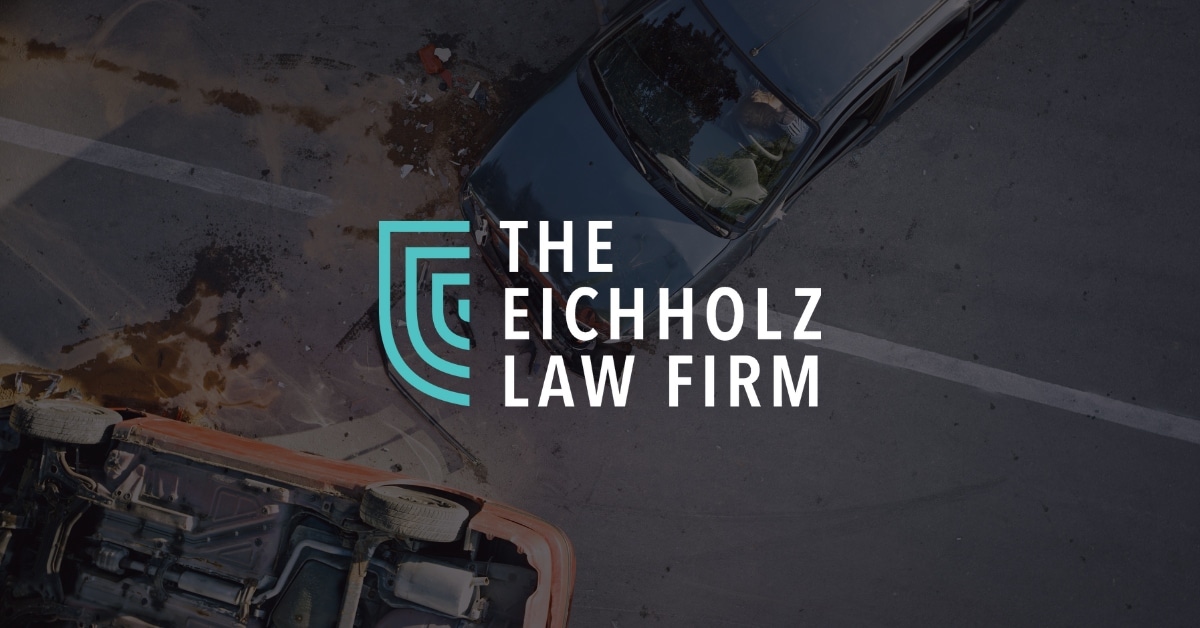The most common types of car brakes today are typically hydraulic, frictional, pumping, electromagnetic, and servo.
There are several additional components that are involved to ensure car brakes operate smooth on different road conditions and circumstances. Car accidents often happen due to poor braking systems. The more you know about these crucial systems, the better.
Types of Brake Systems
Electromagnetic Brake System
A rising style of brake system, electromagnetic brakes use an electric motor that is included in the automobile which help the vehicle come to a stop. These types of brakes are in most hybrid vehicles and use an electric motor to charge the batteries and regenerative brakes. On occasion, some buses will use a secondary retarder brake which uses an internal short circuit and a generator.
Frictional Brake System
A frictional brake system is found in many automobiles. They are service brakes, and typically found in two forms; pads and shoes. As the name implies, these brakes use friction to stop the automobile from moving. They typically include a rotating device with a stationary pad and a rotating weather surface. On most band brakes the shoe will constrict and rub against the outside of the rotating drum, alternatively on a drum brake, a rotating drum with shoes will expand and rub against the inside of the drum.
Hydraulic Brake System
A hydraulic brake system is composed of a master cylinder that is fed by a reservoir of hydraulic braking fluid. This is connected by an assortment of metal pipes and rubber fittings which are attached to the cylinders of the wheels. The wheels contain two opposite pistons which are located on the band or drum brakes which pressure to push the pistons apart forcing the brake pads into the cylinders, thus causing the wheel to stop moving.
Other Brake Systems
Pumping Brake System
Pumping brakes are used when a pump is included in part of the vehicle. These types of brakes use an internal combustion piston motor to shut off the fuel supply, in turn causing internal pumping losses to the engine, which causes braking.
Servo Brake System
Servo brake are found on most cars and are intended to augment the amount of pressure the driver applies to the brake pedal. These brakes use a vacuum in the inlet manifold to generate extra pressure needed to create braking. Additionally, these braking systems are only effective while the engine is still running.
In some vehicles we may find that there are more than one of these braking systems included. These can be used in unison to create a more reliable and stronger system. Unfortunately, on occasion, these combination types of brakes may fail, resulting in automobile accidents and injuries.
Parking and Emergency Braking Systems
Parking and emergency braking systems use levers and cables where a person must use mechanical force or a button in newer vehicles, to stop the vehicle in the case of emergency or parking on a hill. These braking systems both bypass normal braking systems in the event that the regular braking system malfunctions.
These systems begin when the brake is applied, which pulls a cable that passes to the intermediate lever which causes that force to increase and pass to the equalizer. This equalizer splits into two cables, dividing the force and sending it to both rear wheels to slow and stop the automobile.
In many automobiles, these braking systems will bypass other braking systems by running directly to the brake shoes. This is beneficial in the case that your typical braking system fails.
An example of a hydraulic brake system:
Braking System History
Since this time, there have been many braking system types created for our safety. The brake was created to make our vehicle stop in time to avoid accidents by inhibiting the motion of the vehicle. In most automobiles, there are three basic types of brakes including; service brakes, emergency brakes, and parking brakes. These brakes are all intended to keep everyone inside the vehicle and traveling on our roadways safe.
The most common types of car brakes today are typically hydraulic, frictional, pumping, electromagnetic, and servo.
There are several additional components that are involved to ensure car brakes operate smooth on different road conditions and circumstances. Car accidents often happen due to poor braking systems. The more you know about these crucial systems, the better.
Types of Brake Systems
Electromagnetic Brake System
A rising style of brake system, electromagnetic brakes use an electric motor that is included in the automobile which help the vehicle come to a stop. These types of brakes are in most hybrid vehicles and use an electric motor to charge the batteries and regenerative brakes. On occasion, some buses will use a secondary retarder brake which uses an internal short circuit and a generator.
Frictional Brake System
A frictional brake system is found in many automobiles. They are service brakes, and typically found in two forms; pads and shoes. As the name implies, these brakes use friction to stop the automobile from moving. They typically include a rotating device with a stationary pad and a rotating weather surface. On most band brakes the shoe will constrict and rub against the outside of the rotating drum, alternatively on a drum brake, a rotating drum with shoes will expand and rub against the inside of the drum.
Hydraulic Brake System
A hydraulic brake system is composed of a master cylinder that is fed by a reservoir of hydraulic braking fluid. This is connected by an assortment of metal pipes and rubber fittings which are attached to the cylinders of the wheels. The wheels contain two opposite pistons which are located on the band or drum brakes which pressure to push the pistons apart forcing the brake pads into the cylinders, thus causing the wheel to stop moving.
Other Brake Systems
Pumping Brake System
Pumping brakes are used when a pump is included in part of the vehicle. These types of brakes use an internal combustion piston motor to shut off the fuel supply, in turn causing internal pumping losses to the engine, which causes braking.
Servo Brake System
Servo brake are found on most cars and are intended to augment the amount of pressure the driver applies to the brake pedal. These brakes use a vacuum in the inlet manifold to generate extra pressure needed to create braking. Additionally, these braking systems are only effective while the engine is still running.
In some vehicles we may find that there are more than one of these braking systems included. These can be used in unison to create a more reliable and stronger system. Unfortunately, on occasion, these combination types of brakes may fail, resulting in automobile accidents and injuries.
Parking and Emergency Braking Systems
Parking and emergency braking systems use levers and cables where a person must use mechanical force or a button in newer vehicles, to stop the vehicle in the case of emergency or parking on a hill. These braking systems both bypass normal braking systems in the event that the regular braking system malfunctions.
These systems begin when the brake is applied, which pulls a cable that passes to the intermediate lever which causes that force to increase and pass to the equalizer. This equalizer splits into two cables, dividing the force and sending it to both rear wheels to slow and stop the automobile.
In many automobiles, these braking systems will bypass other braking systems by running directly to the brake shoes. This is beneficial in the case that your typical braking system fails.
An example of a hydraulic brake system
Since this time, there have been many braking system types created for our safety. The brake was created to make our vehicle stop in time to avoid accidents by inhibiting the motion of the vehicle. In most automobiles, there are three basic types of brakes including; service brakes, emergency brakes, and parking brakes. These brakes are all intended to keep everyone inside the vehicle and traveling on our roadways safe.

